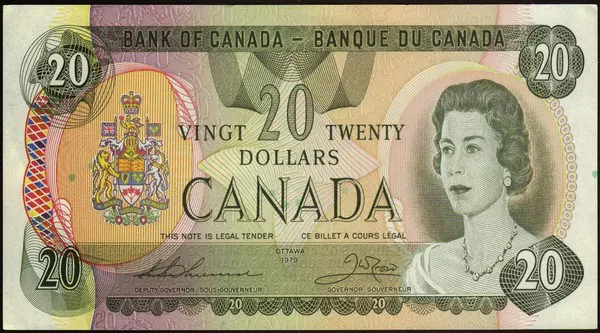The USD/CAD currency pair faces challenges as it attempts to build on a rebound from a four-week low observed the previous day. On Thursday, the pair encountered selling pressure near the 1.3725 level but managed to hold above the 1.3700 mark during the early European session. Traders are now awaiting US macroeconomic data for direction.
Key US economic reports, including Retail Sales, Weekly Initial Jobless Claims, the Empire State Manufacturing Index, and the Philly Fed Manufacturing Index, are set to be released during the early North American session. Additionally, speeches from influential Federal Open Market Committee (FOMC) members are expected to impact demand for the US Dollar (USD), creating short-term trading opportunities for the USD/CAD pair.
Current expectations of an impending Federal Reserve rate-cutting cycle, supported by signs of easing inflation, have placed USD bulls on the defensive. Positive sentiment in equity markets has further diminished demand for the safe-haven USD. Meanwhile, rising Crude Oil prices are bolstering the Canadian Dollar (CAD) and exerting additional pressure on the USD/CAD pair.
Concerns about a potential escalation in the Middle East conflict and the belief that US rate cuts will boost economic activity and fuel consumption support Crude Oil prices. However, fears of slower global demand could limit further gains in oil prices. Furthermore, expectations for a 25-bps rate cut by the Bank of Canada (BoC) in September may cap the CAD and restrict the USD/CAD pair’s losses.
Technically, the recent drop below the 50-day Simple Moving Average (SMA) suggests a bearish outlook for the pair. Persistent weakness below the 1.3700 level could reinforce this negative trend, potentially leading to an extension of the USD/CAD pair’s decline from the 1.3945 level, which marked its highest point since October 2022 earlier this month.
Related Topics:

























